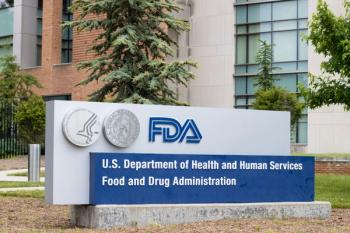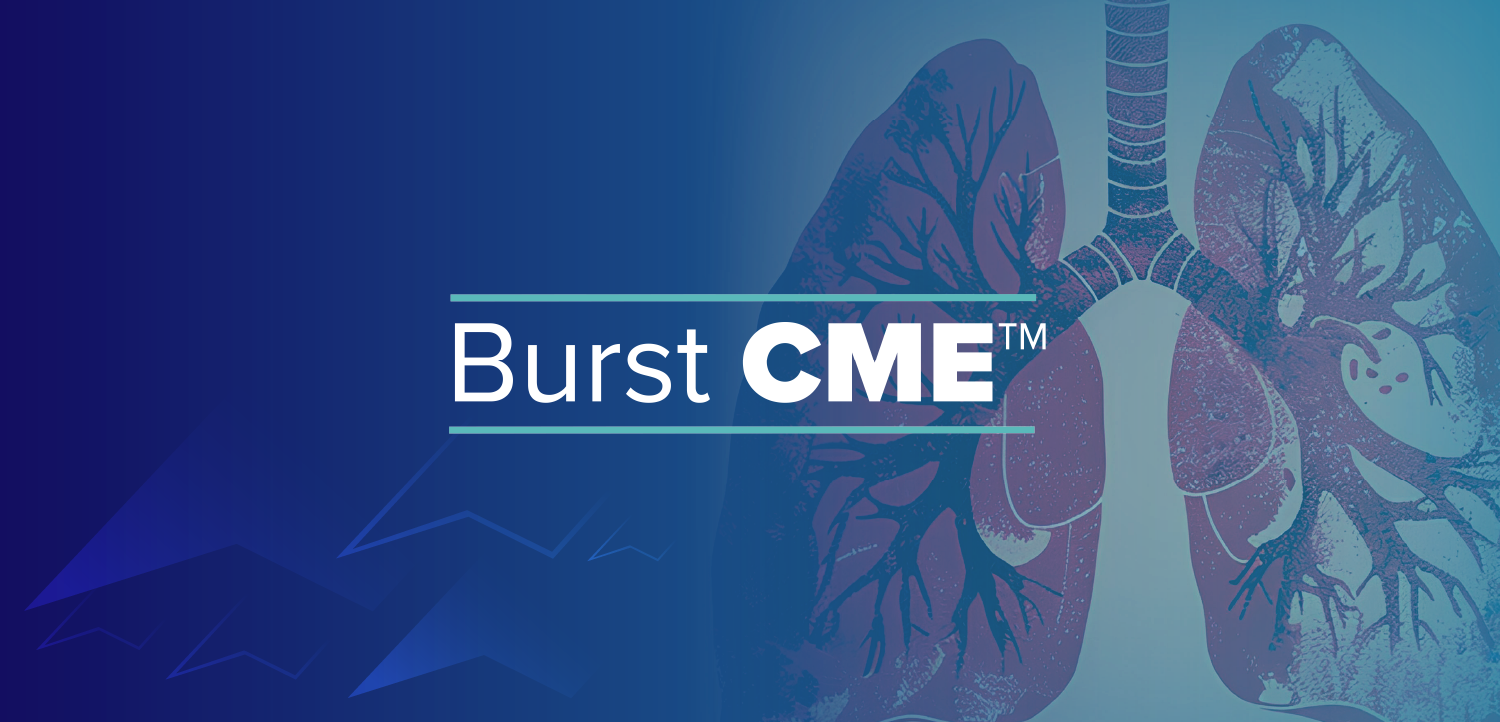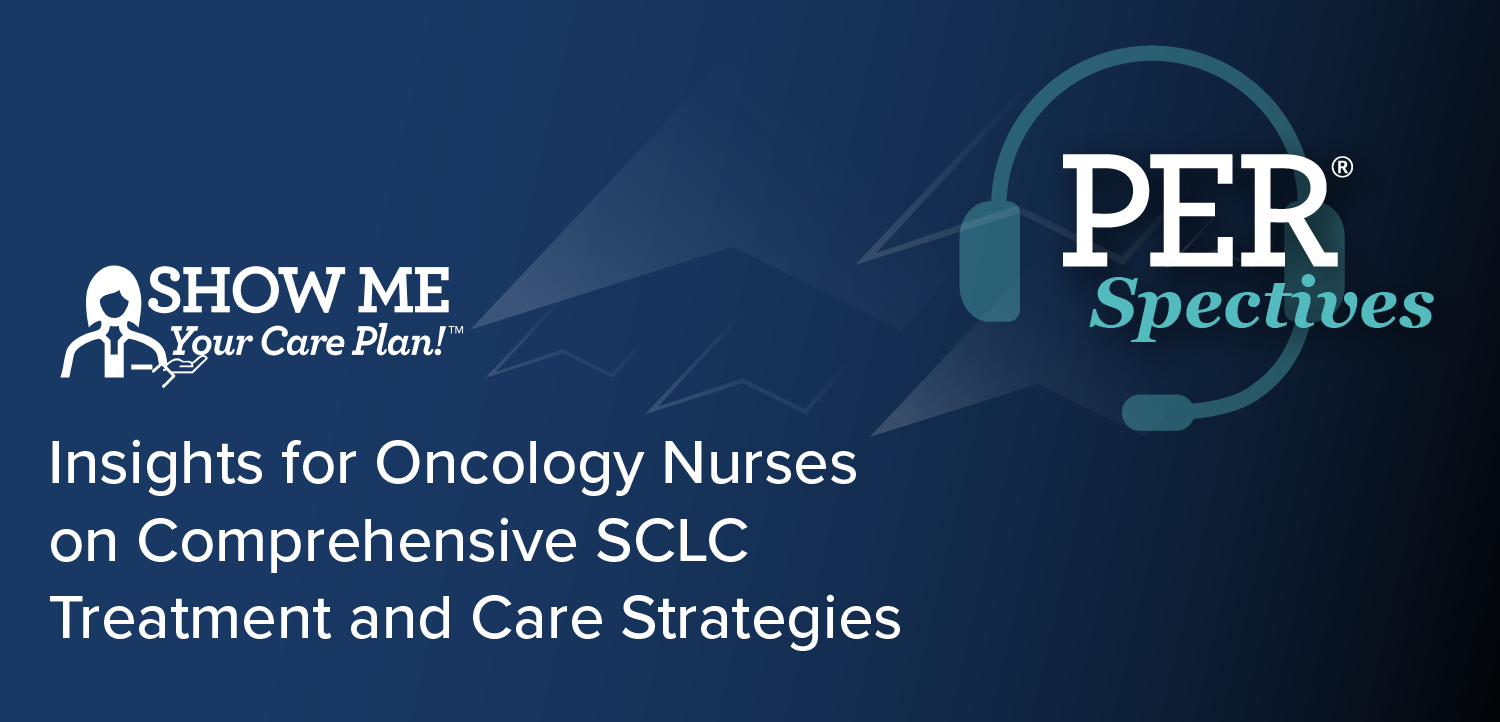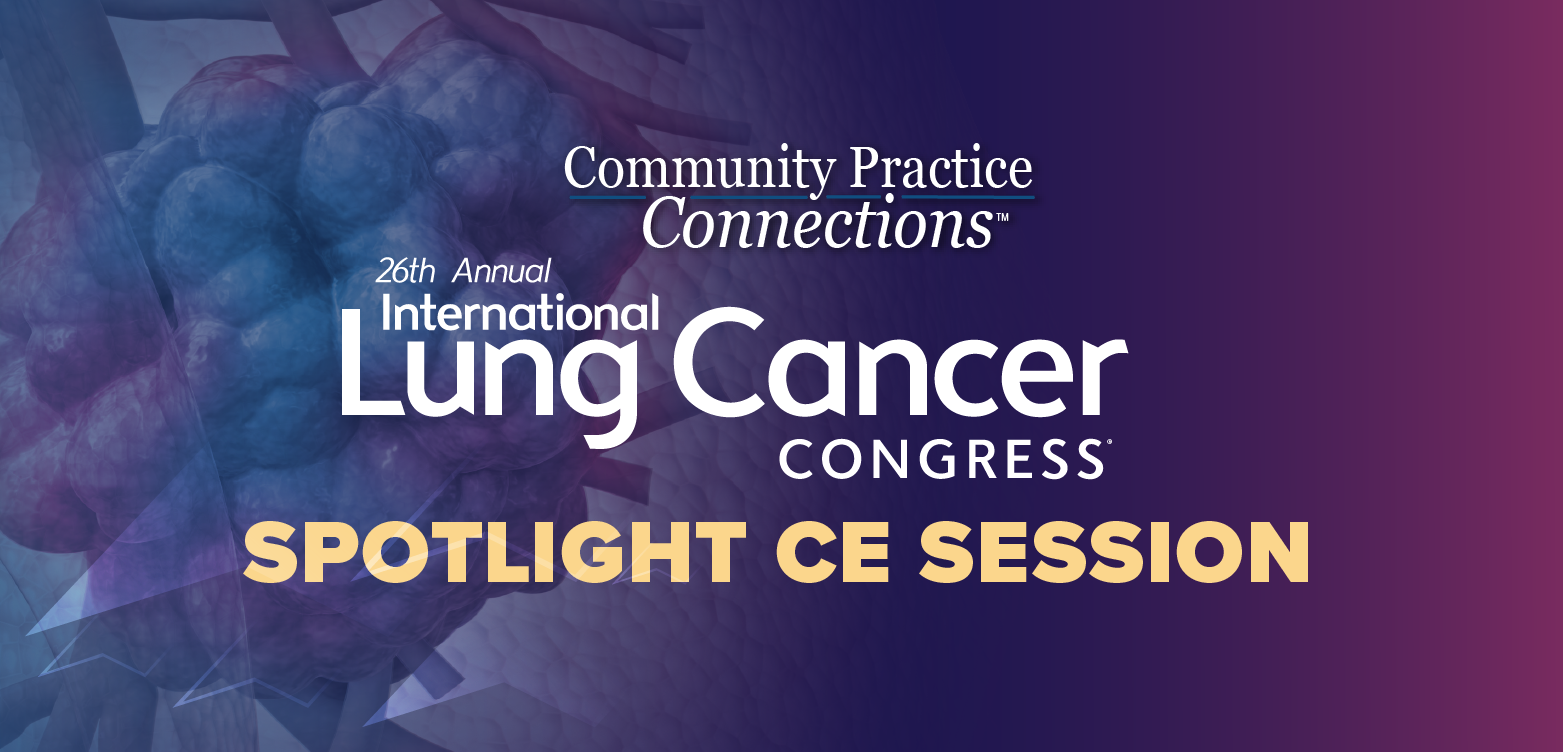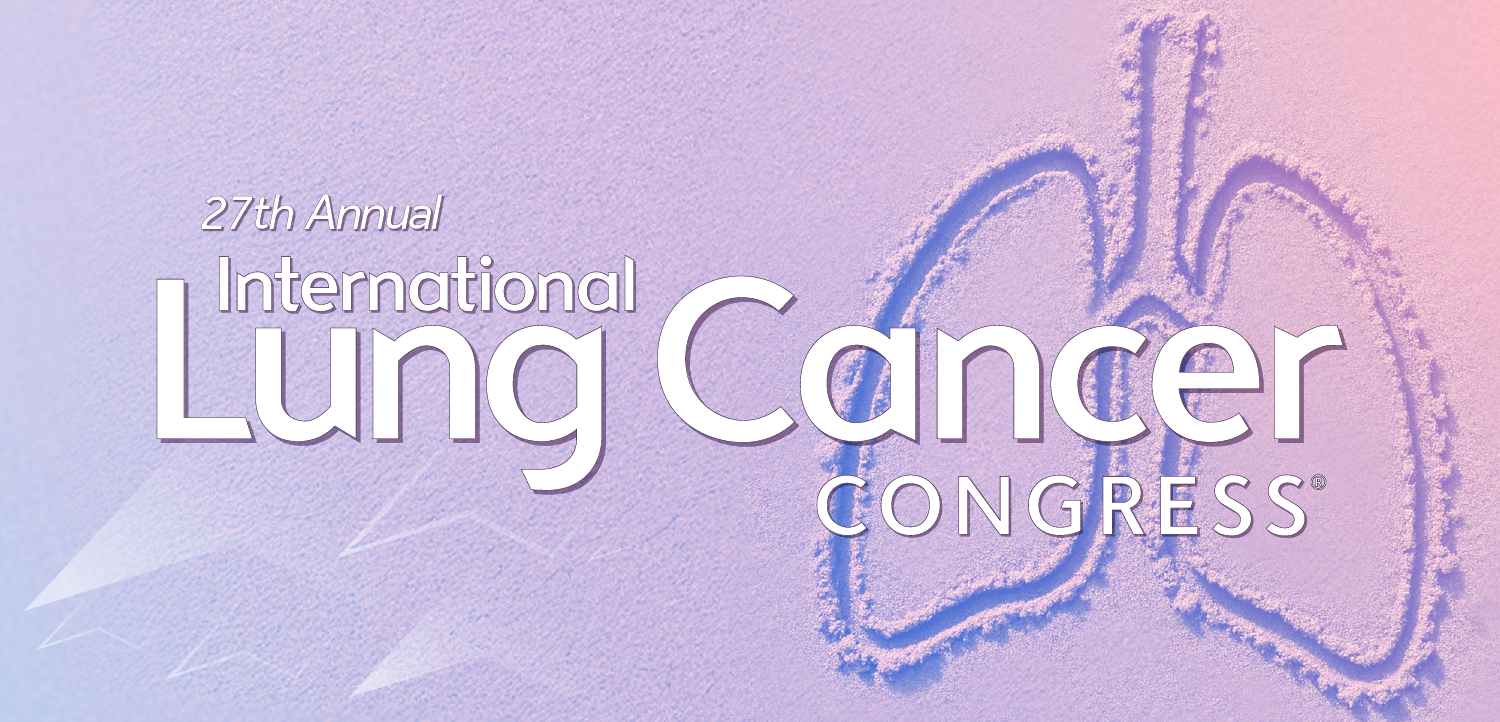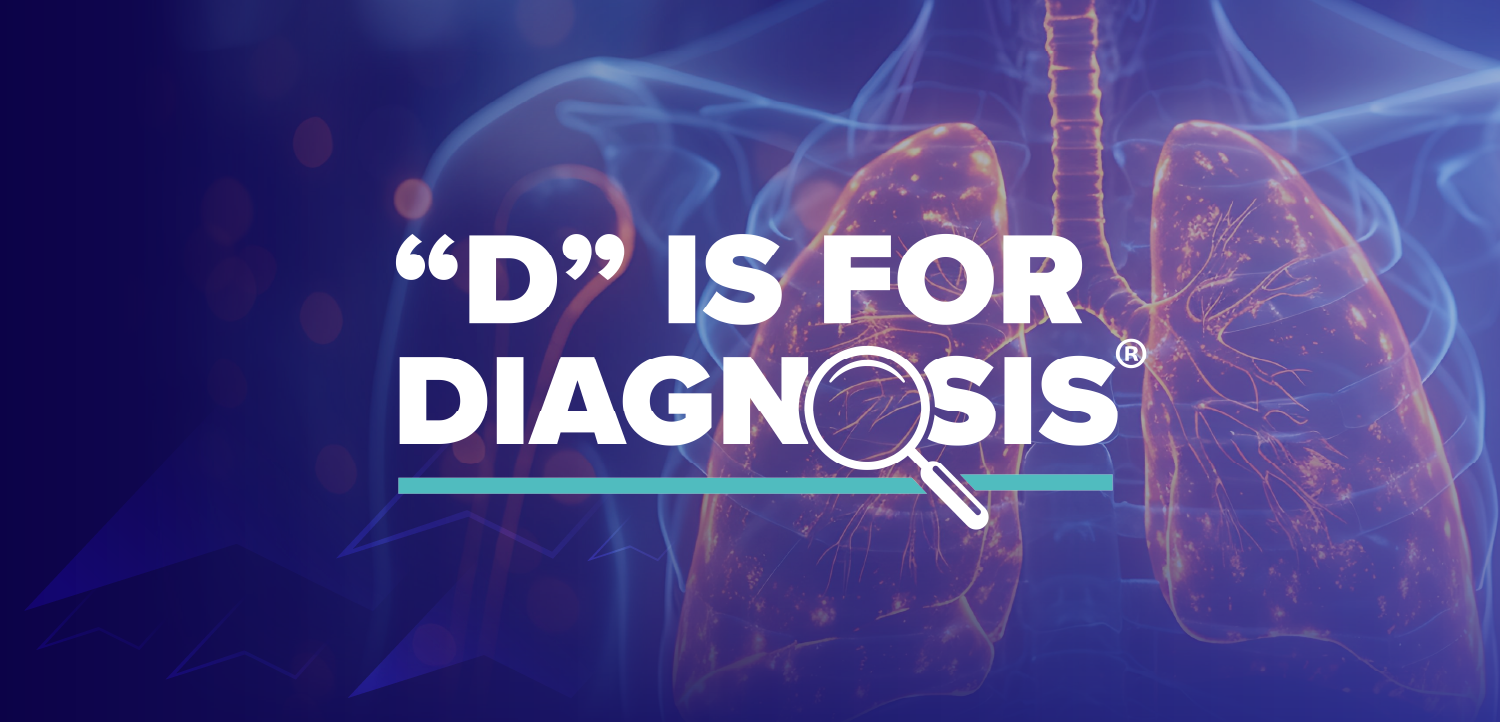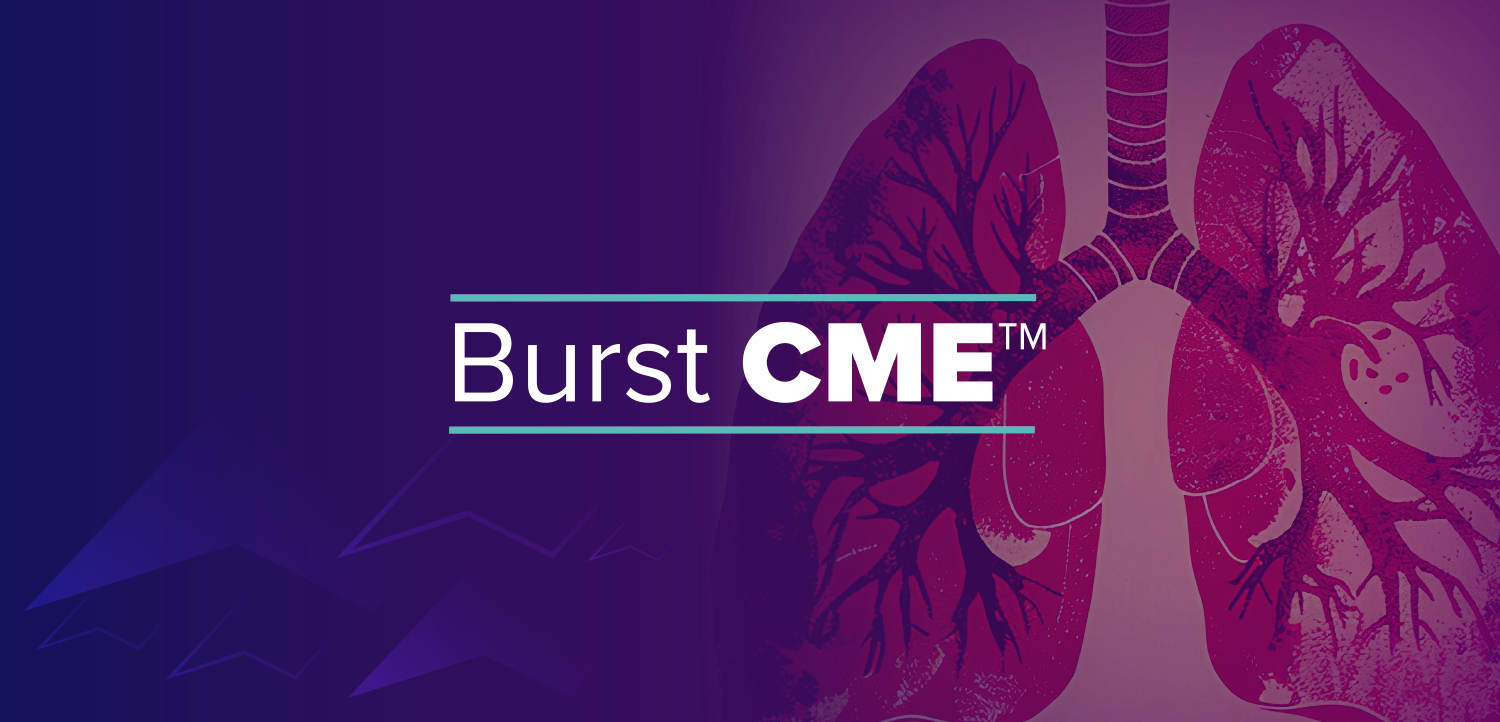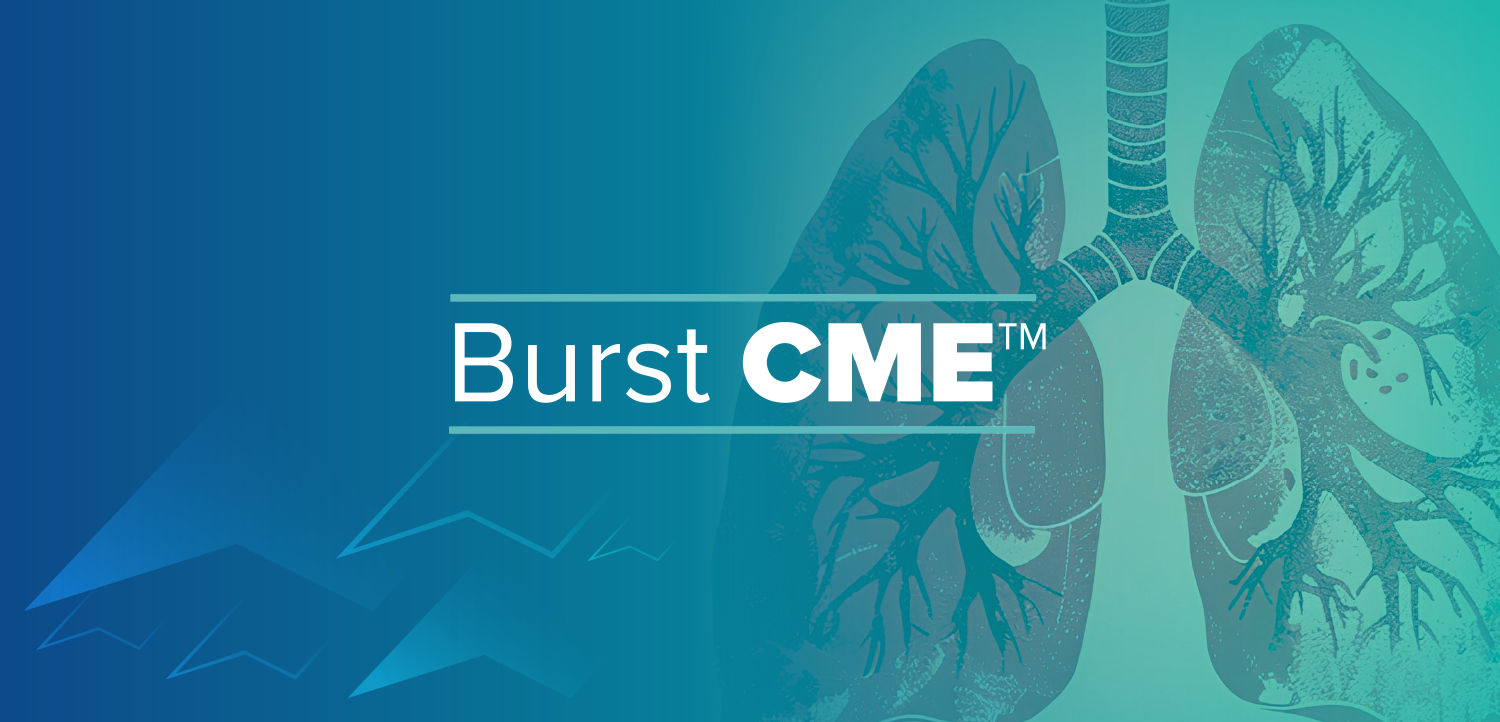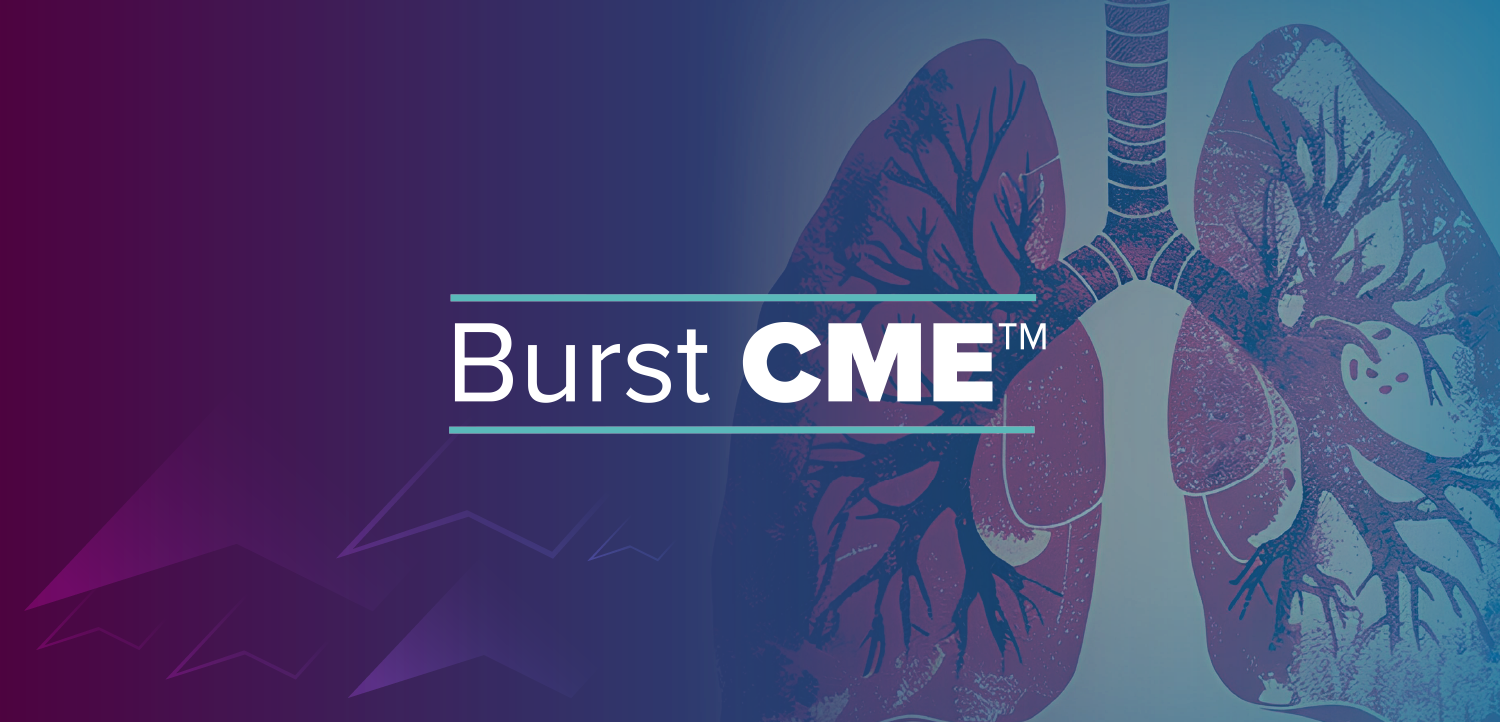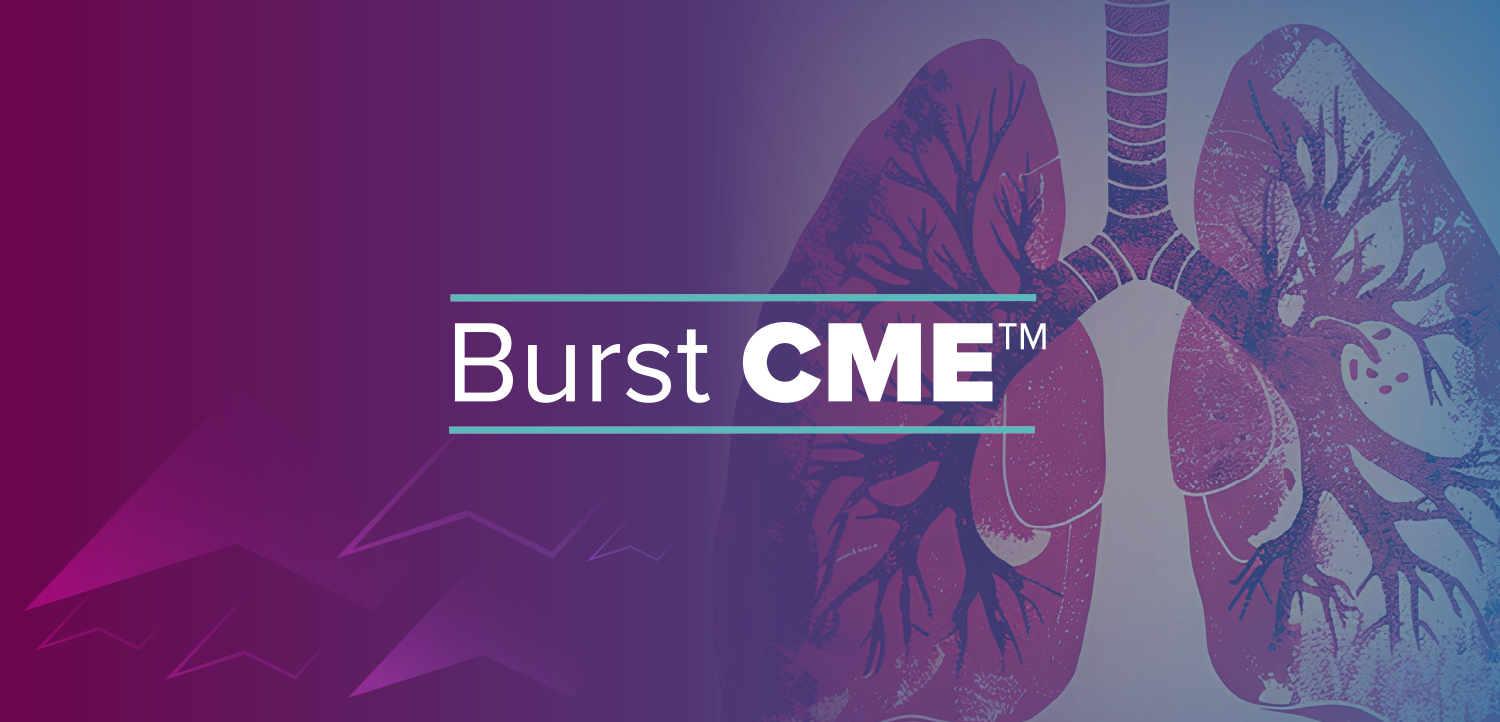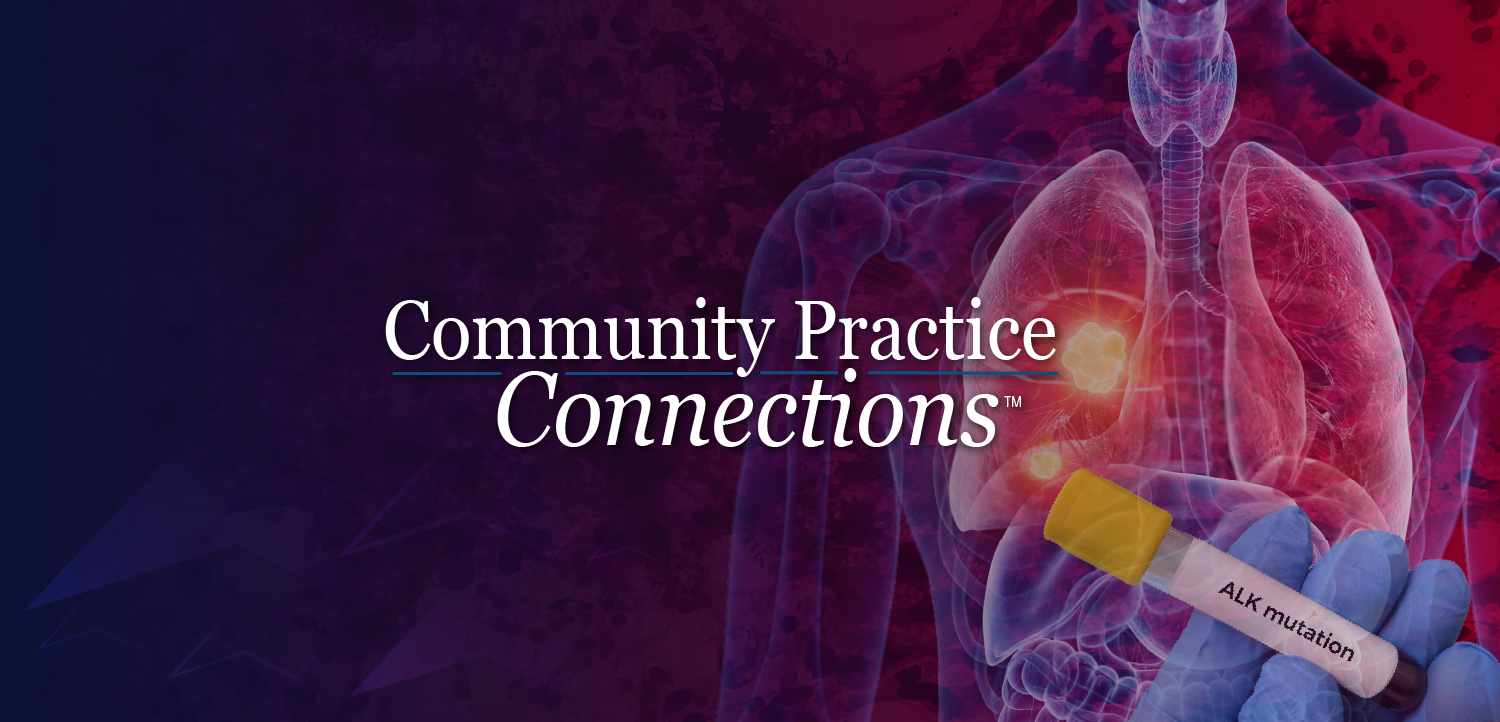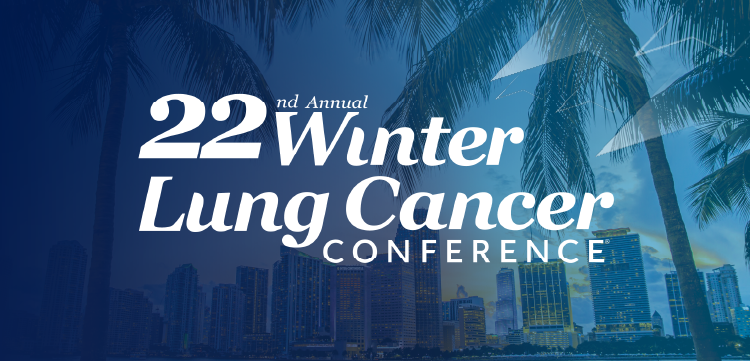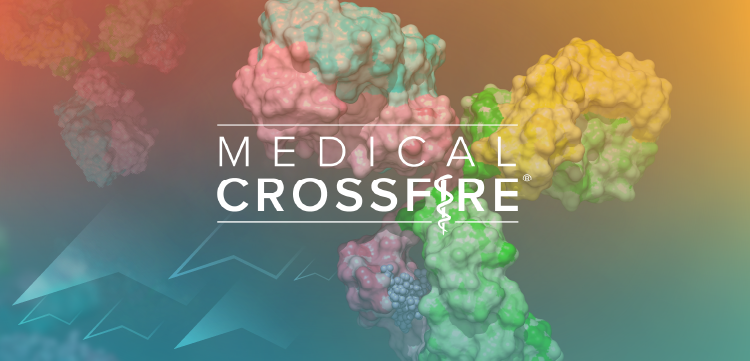
- MHE September 2021
- Volume 31
- Issue 9
PCMA Challenges Disclosure Rules
Prices in American healthcare are difficult to nail down because they are obscured by secret negotiations between payers and providers and, in the case of drugs, pharmaceutical manufacturers. But that is beginning to change.
Prices in American healthcare are difficult to nail down because they are obscured by secret negotiations between payers and providers and, in the case of drugs, pharmaceutical manufacturers. But that is beginning to change. Despite court challenges and uneven compliance, hospitals were forced to start disclosing prices at the beginning of this year.
Now, because of rules issued by the Trump administration, it is the PBMs’ turn. The price transparency rule, different parts of which go into effect next year and in 2023, would require disclosure of cost-sharing estimates to plan members, which isn’t controversial, but also the net prices that PBMs pay to drugmakers after discounts and rebates, which is. The U.S. Chamber of Commerce and the Pharmaceutical Care Management Association (PCMA), the PBM industry’s trade group, filed lawsuits challenging the net price disclosures in August.
Consumer advocates and others say disclosure of net drug prices would shed long-overdue light on the true price of drugs and how much money different players in the drug supply chain, particularly PBMs, are making.
Ironically, the anti-ACA Trump administration leaned on some disclosure provisions in the healthcare reform law to justify the price transparency rules. PCMA argues in its 85-page brief that this legal maneuver went way beyond the intent of the ACA provisions and that the ACA also didn’t contemplate sharing “machine readable” files that net pricing disclosures would require.
The trade group also argues that that disclosure of pricing information will be bad for health plans and their members because it will undercut the ability of PBMs to negotiate price concessions. Disclosure of net prices will establish a “pricing floor,” argues the brief, and will allow for tacit collusion among manufacturers, who will not be willing to offer prices below those of their competitors.
Articles in this issue
about 4 years ago
Is Cigna’s $500 offer to Patients for Switching Ethical?over 4 years ago
AI: Beyond the Buzzover 4 years ago
Stemming the Rising Tide of Insulin Pricesover 4 years ago
The Mainstreaming of Targeted Lung Cancer Treatmentover 4 years ago
Healthcare and More, by and for the Communityover 4 years ago
Medicare Advantage Plans, on a Roll, Could See Some Cutsover 4 years ago
States Tackle Drug PricingNewsletter
Get the latest industry news, event updates, and more from Managed healthcare Executive.


